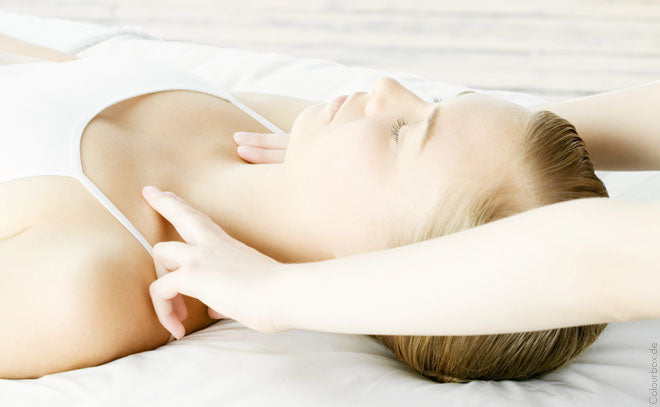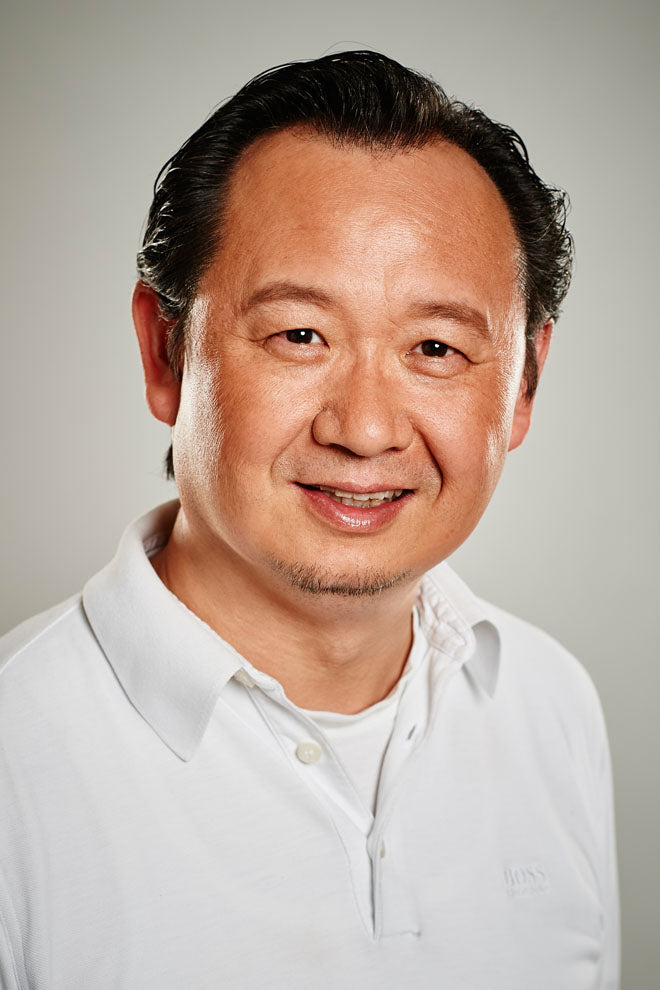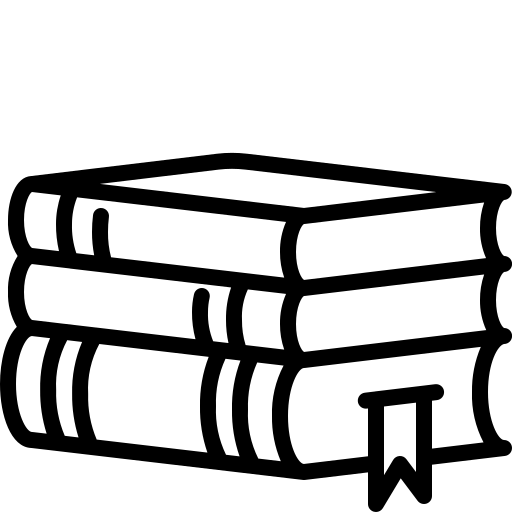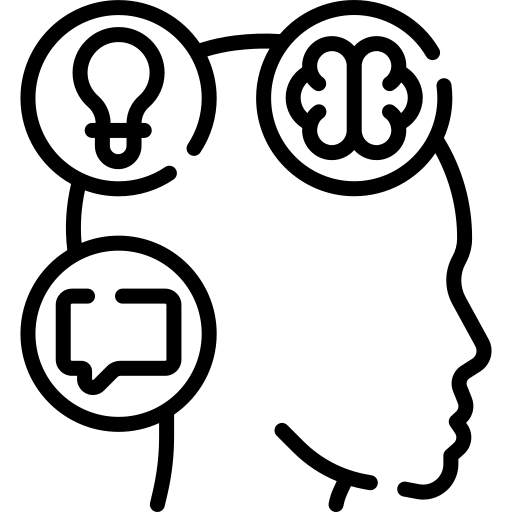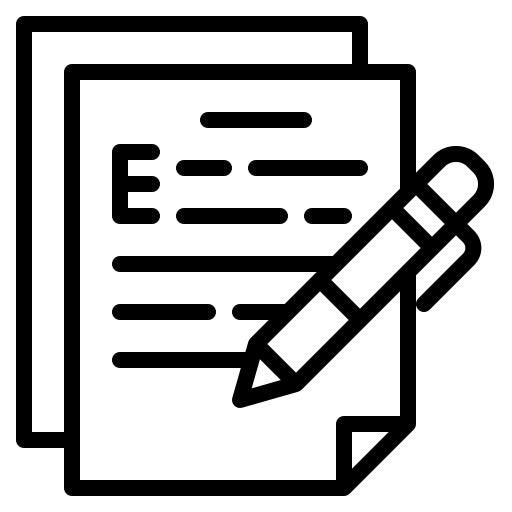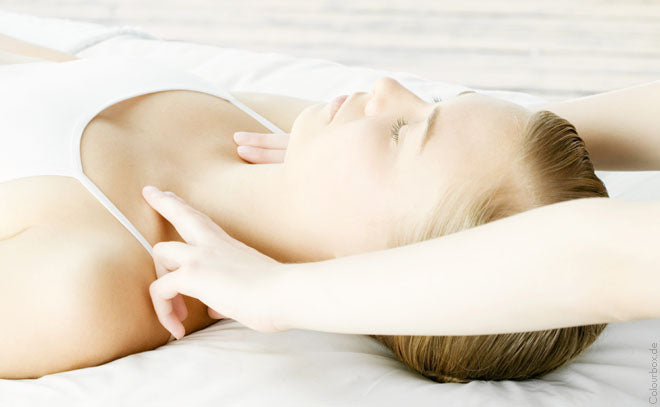
Our biorhythm from the perspective of TCM
Our biorhythm from the perspective of TCM
Prof. Li Wu’s “Organ Clock” is now available as a practical compact guide
The organs are busy around the clock keeping the organism alive and warding off harmful influences. According to Traditional Chinese Medicine (TCM), a certain organ is always particularly well supplied with the life energy Qi in a two-hour rhythm. In his new compact guide, TCM expert Prof. Li Wu shows how we can better understand our body with the help of the organ clock.
Embedded in the rhythm of nature
Traditional Chinese Medicine (TCM) has been concerned with the diagnosis and treatment of a wide range of ailments for centuries. Timings such as the day and night rhythm, the seasons or the phases of the moon play an important role, as their influence on our mental and physical well-being determines the methods of treatment.
Just as humans are embedded in the rhythmic processes of nature, each of our organs has its active phases and its resting phases. "Only when we align our everyday life with our natural needs and when we live mindfully and in harmony with our internal clock, do we find our way back to our natural biorhythm," recommends alternative practitioner and TCM doctor Prof. Li Wu.
Living in harmony
Just as plants and animals emerge, thrive and die according to the rhythm of nature, despite all the achievements of the modern world, humans are also subject to the rhythm of the seasons and the phases of the moon and sun, of day and night. "Anyone who rebels against these higher laws, overexploits their nature and environment instead of living in harmony with it, endangers the finely balanced equilibrium of their organism and the microcosm within it," says Prof. Li Wu. When health problems such as obesity, high blood pressure or cardiovascular problems get out of hand, it is time to return to the essentials.
Anyone who wants to make a change can use the millennia-old Chinese organ clock as an effective tool and instrument to find their way back to a natural rhythm of life: the organ clock shows the flow of our energies in a clear and concise manner every two hours. If we pay attention to these times and use the activity flows to our advantage, while at the same time maintaining the rest periods, we will make a major contribution to our well-being.
The organ clock in practice
According to traditional Chinese medicine, anything excessive, excessive or excessive disrupts the harmony of body, soul and spirit. The organ clock can be used to better identify, diagnose and evaluate mental and physical illnesses. For example, if you always wake up at the same time, this can indicate energetic disturbances in the organ in question, which is currently at its peak. Symptoms of excess and states of fullness become noticeable at the peak times of the respective functional areas, and the symptoms become more severe. States of emptiness and deficiency appear during the resting phases of the organs.
But the two-hour cycle also plays an important role in healing: in their peak phases, organs respond best to acupressure or acupuncture treatment, for example. With knowledge of organ marriages and the possibilities offered by TCM, the organism can be actively supported in its work. Everyone would probably prefer a gentle form of healing and targeted prevention, an early change of destructive lifestyle habits and incorrect, unhealthy diet, to a later serious illness.
Book tip:
Prof. TCM (Univ. Yunnan) Li Wu: Organ clock. Compact guide. In harmony with the natural rhythm of life. Mankau Verlag, 1st edition February 2016, paperback, 11.5 x 16.5 cm, 127 pages, 7.99 euros (D) / 8.20 euros (A), ISBN 978-3-86374-269-0
Link recommendations:
